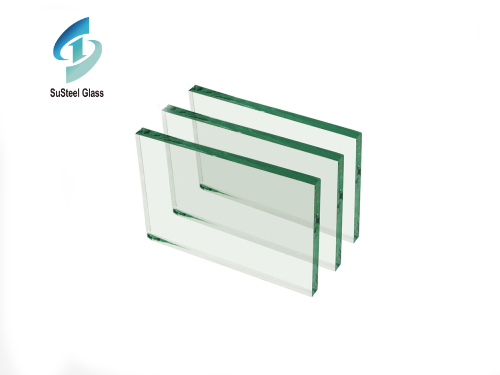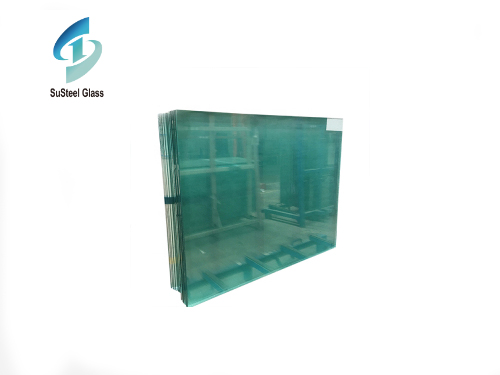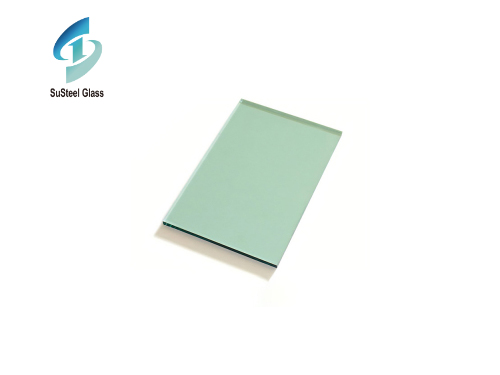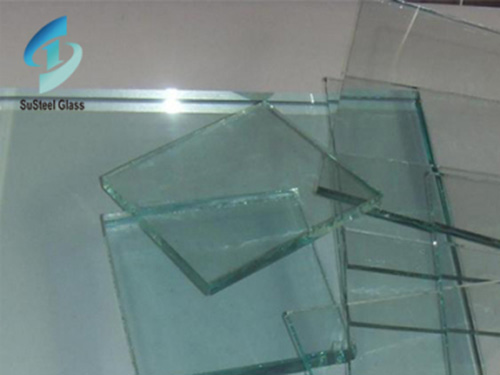
If the surface of the optical glass is concave, the workpiece passes through half the diameter of the mold, moves in a zigzag at a rate of three strokes per second, and then moves in the opposite direction, and the pressure on the optical part changes. The pressure on the optical part is changed. If the optical surface has two wavelengths, it is sometimes a good idea to remove the optical part from the polishing die and stop polishing it. When polishing, the operator should maintain the adhesion and cohesion of the two working surfaces. Processing convex surfaces requires different methods. The surface shape of the platen is usually convex by only 1 wavelength, and the concave surface shape is moulded by polishing. After the polishing mould is molded, a small hole is opened in the center of the polishing mould and grooves are drawn in two directions. With a small grater, work on the wet polishing powder so that it remains somewhat flat, never allowing too much astigmatism or convexity. The flattener must be carried out on a flat mode with convex 2 wavelengths.
After the optical glass polishing powder is pulverized, the polishing die processes the optical part with a pressure of about 2, passing through a zigzag path of the aperture at a frequency of 5 times per second.
As already pointed out, astigmatic surface is a common surface of optical glass in polishing. Another is called the saddle, because it's convex in one direction; And in the other direction, it's concave. The highest point should be identified, the maximum pressure applied to the area, and a slow Z-word run should be used. Usually there is a convex hull on the four corners near the edge. It is difficult to remove this convex hull, and it can only be carefully modified individually by local trimming of the thumb and middle finger.
 High Purity Tin Ingot: Essential Uses and Key Advantages
High Purity Tin Ingot: Essential Uses and Key Advantages
 Burglar-Resistant Glass: Enhancing Security and Peace of Mind
Burglar-Resistant Glass: Enhancing Security and Peace of Mind
 Exploring the World of Green Tinted Glass Products: Versatility and Sustainability
Exploring the World of Green Tinted Glass Products: Versatility and Sustainability


